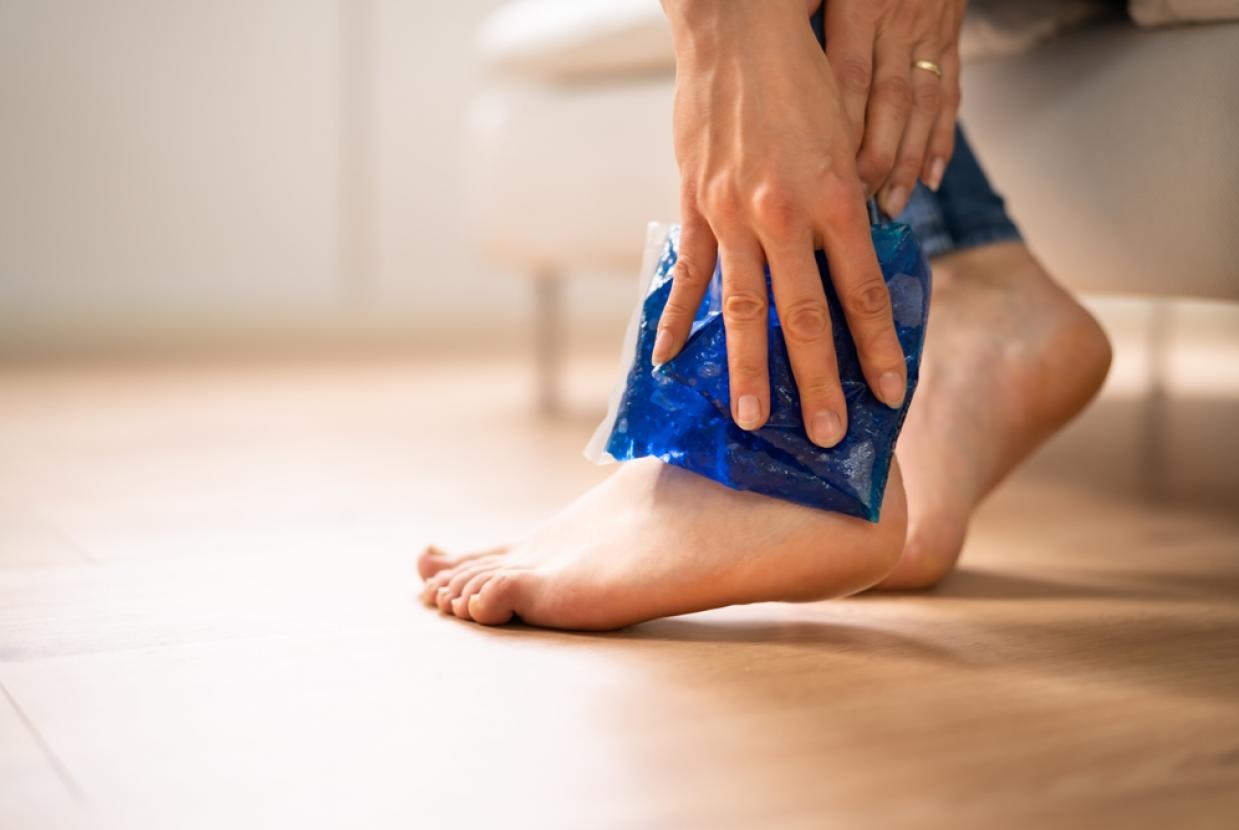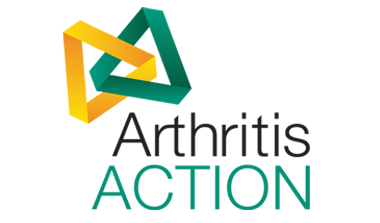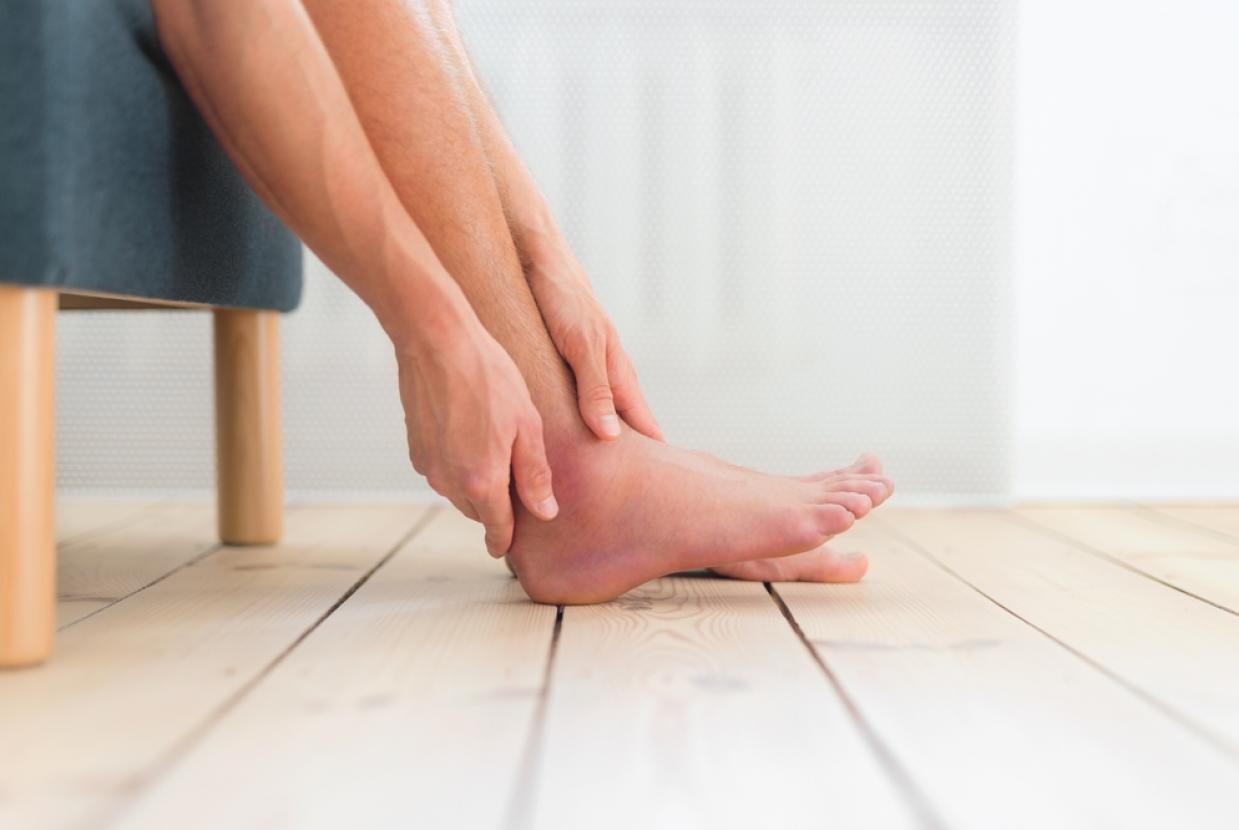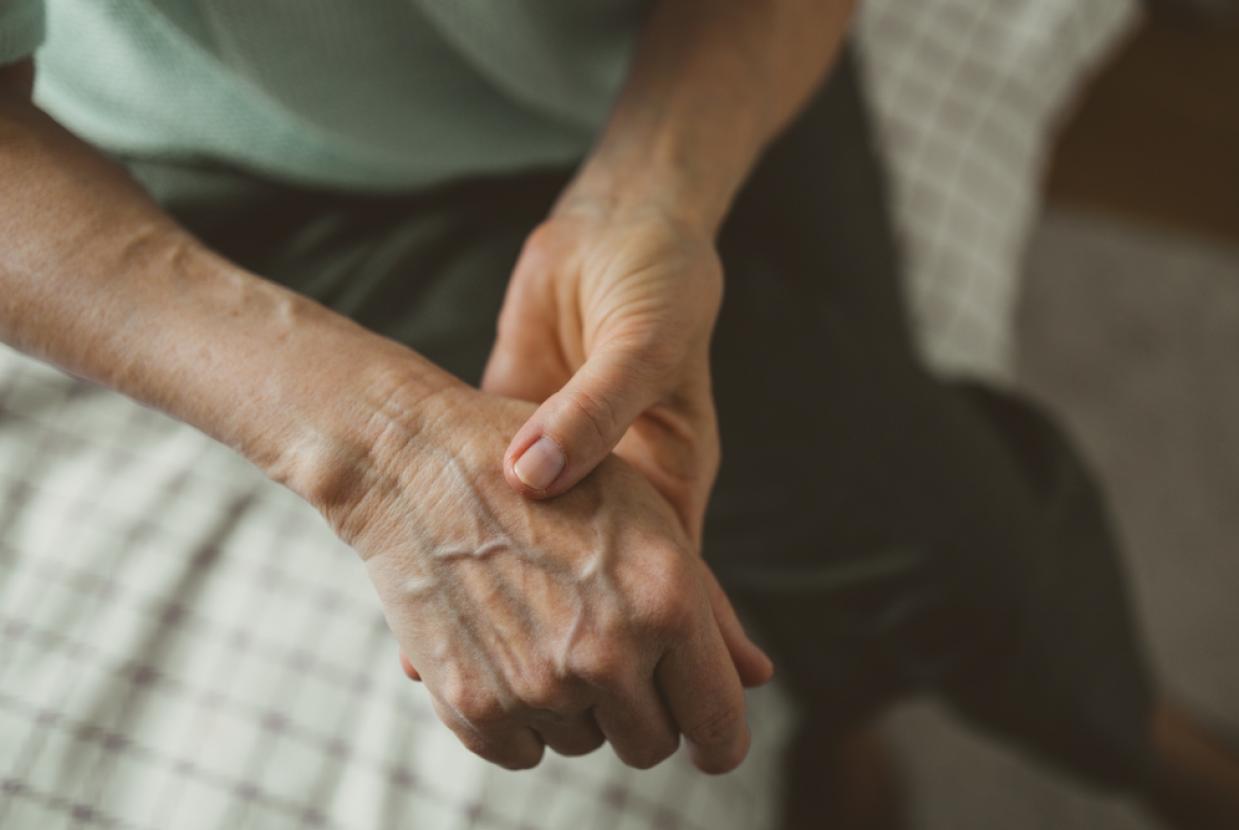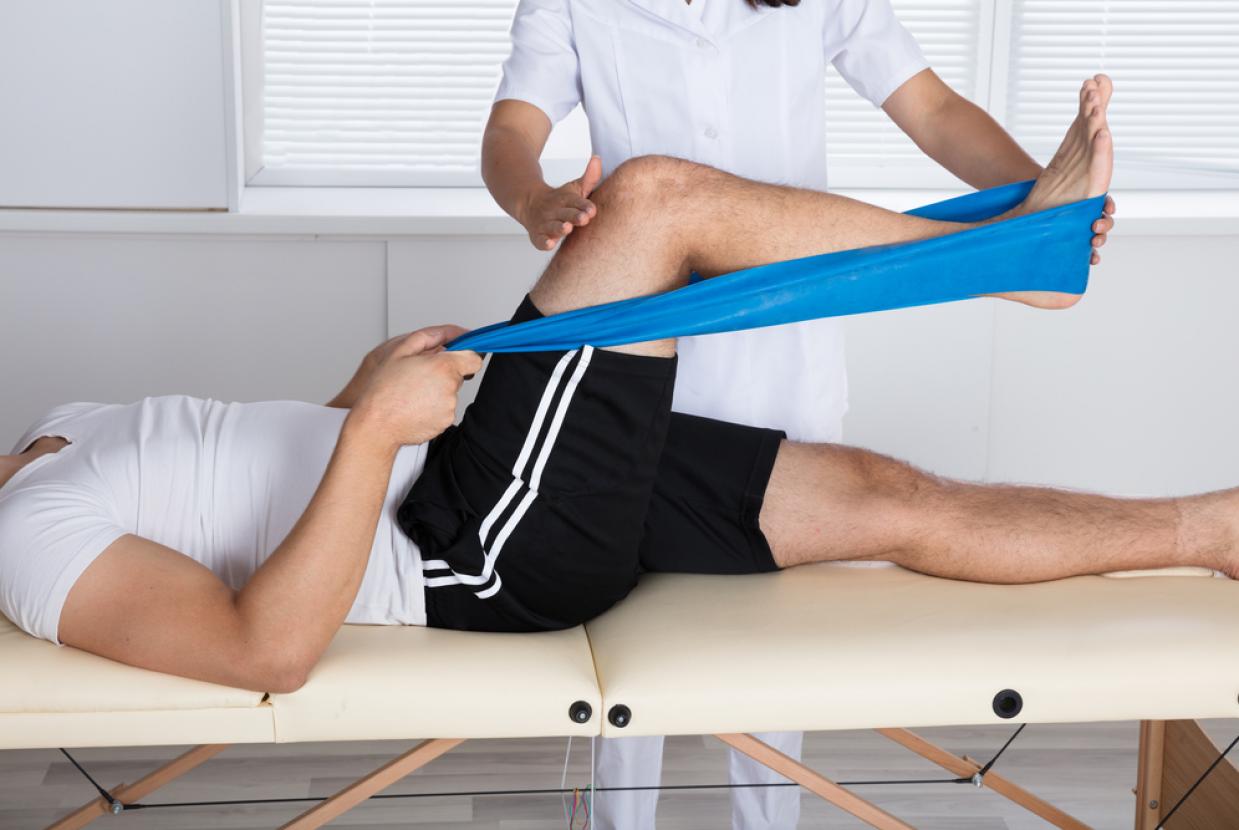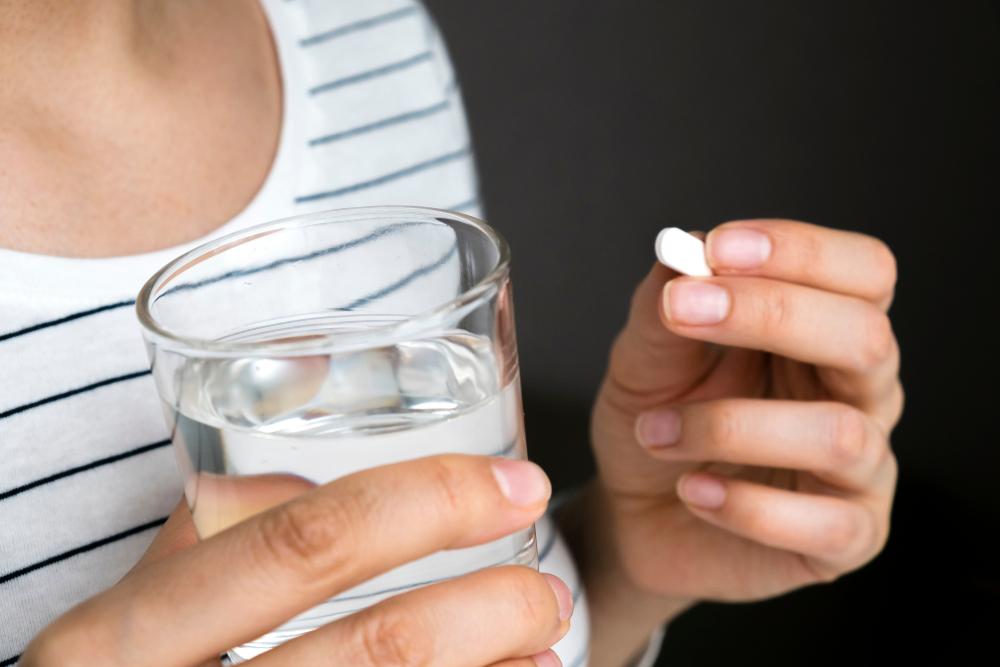Treating Gout
Gout treatment consists of first aid treatment for acute attacks and then long-term treatment to prevent more attacks from happening in the future.
If you have persistently high uric acid levels, it is important that these are treated as long-term high uric acid levels can cause kidney problems and are associated with high blood pressure and other cardiovascular diseases such as stroke and heart attacks. High uric acid levels in the long term can also lead to collections of uric acid in the soft tissues including the fingers, around tendons and in the cartilage of the ear called tophi, or tophaceous gout. These can ulcerate and become infected and as well as being very painful, can be very difficult to manage.
What to do during an attack
An acute attack of gout can be excruciatingly painful, but simple first aid measures can help. As soon as you feel an attack starting, rest and elevate the affected joint, apply ice packs which can help reduce pain, and if necessary take a high dose of Non-Steroidal Anti-Inflammatory drugs (NSAIDs) such as ibuprofen or naproxen.
There are many different brands of NSAIDS – all types are equally effective in gout but NSAIDs are not suitable for some people as they can trigger asthma, cause indigestion, irritate the stomach and lead to bleeding and ulcers. Long term use can also raise blood pressure, reduce kidney function and increase the risk of cardiovascular diseases such as stroke and heart attack.
During an acute attack, prescribed drugs such as colchicine can help shorten the length of an attack, as can a short course of oral steroids such as prednisolone, or an injection of steroid plus anaesthetic into the affected joint.


